Wearing a gold diadem, laurel wreaths in her left hand and her right hand resting on a book, our representation of Calliope, Muse of epic poetry, strictly respects the recommendations of Cesare Ripa (c. 1555 – 1622 ) in his treatise Iconology on allegories and symbols in art. The collections painted at the foot of the composition are Homer's Iliad and Odyssey as well as Virgil's Aeneid, the three works falling within the discipline over which Calliope presides. With moist eyes, her gaze fixed on a distant horizon, the beautiful Muse invites us to follow the adventures of the legendary heroes of Antiquity. From a slightly low angle point of view, the daughter of Jupiter appears aerial in a setting essentially composed of a sky crossed by clouds. Painted in the articulation of the 17th and 18th centuries, our painting, both under the influence of Nicolas Poussin and his followers, but also inspired by the figures of the Bolognese Albane or Dominichino, is imbued with classicism. With a firm touch and a suave color, it is linked to the corpus of Louis de Boullogne the Younger who also painted other Muses and allegorical paintings.
Our painting is superbly highlighted by an Italian carved and gilded wooden frame with a pattern of bundles of laurel leaves.
Dimensions: 71 x 82.5 cm – 83.5 x 95 cm with frame
Sold with invoice and certificate of expertise.
Biography: Louis de Boullogne II or the Younger (Paris 1654 – Id. 1733) is the son of Louis Boullogne I and the brother of Bon Boullogne. Barely 18 years old, he was awarded the Grand Prix for painting from the Academy. Four years later, he undertook the trip to Italy and went to Rome where he copied many of Raphael's works. After stopping in Venice and crossing Lombardy, he returned to Paris in the year 1680 where he was made a member of the Academy. His reception painting, Augustus closing the temple of Janus, made a lasting impression and brought him immediate success. He received orders from everywhere and his paintings adorn the walls of the Château de Versailles, many churches in Paris, but also the Château de Marly and that of Meudon. We also owe him two Mays from Notre-Dame. In 1723, he was named rector of the Academy, and in 1724, first painter to the king, with letters of nobility.
Bibliography:
- RIPA Cesare, translated by BAUDOIN Jean, Iconology or the main things that can fall into thought affecting vices and virtues are represented under various figures, Paris, 1643
- BAR Virginie, BREME Dominique, Iconological Dictionary, allegories and symbols by Cesare Ripa and Jean Baudoin, Editions Faton, 1999
- GUICHARNAUD Hélène, Louis de Boullogne, Cinq Continents, 2011
- MILOVANOVIC Nicolas, Catalog of 17th century French paintings from the Louvre Museum, Gallimard Louvre éditions, 2021
- BAJOU Thierry, Painting at Versailles 17th century century, Buchet / Chastel Pierre Zech publisher, 1998



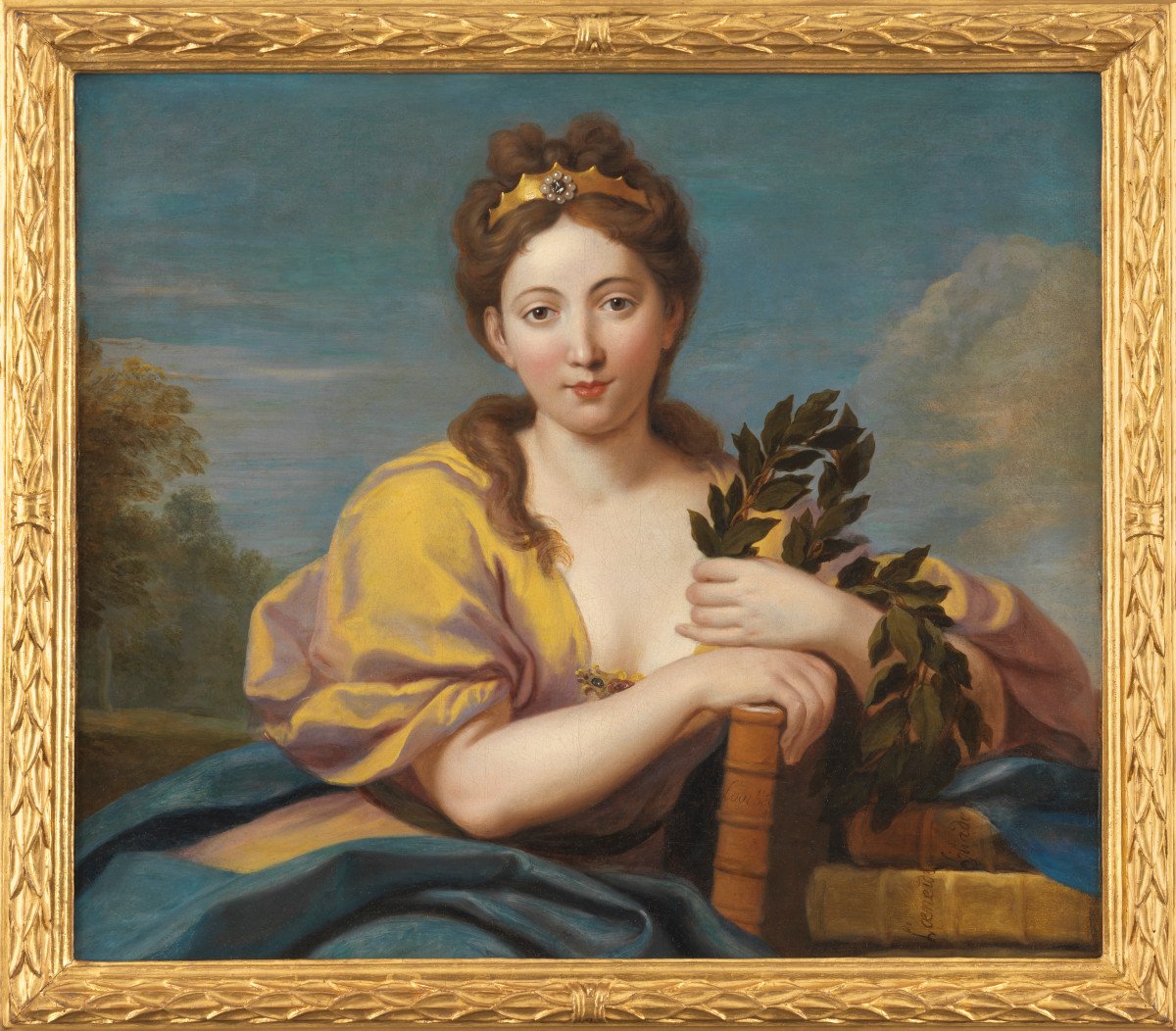


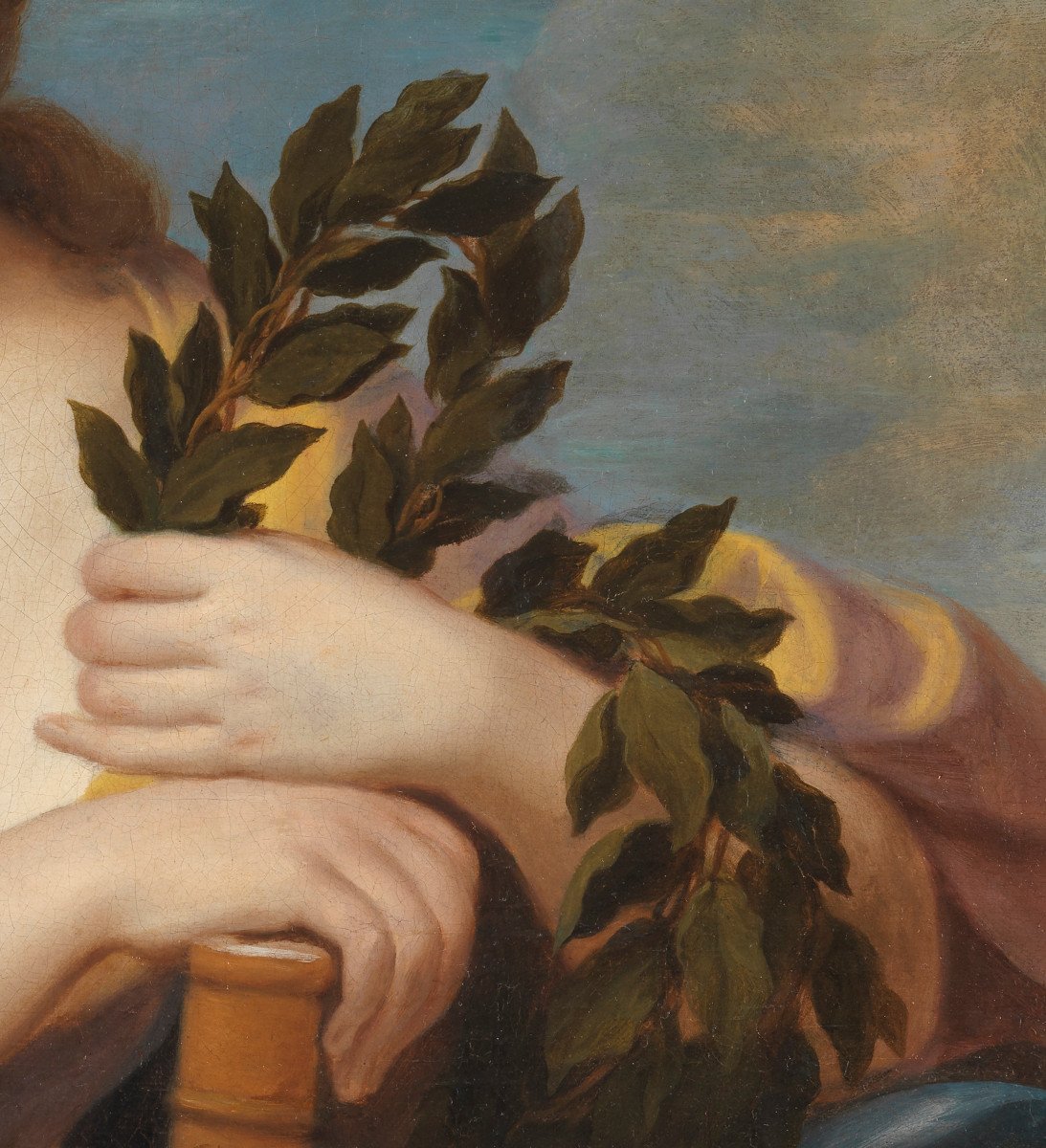


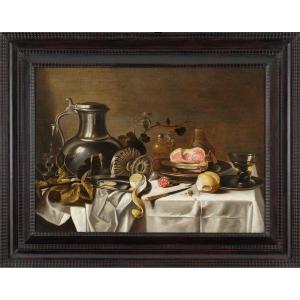
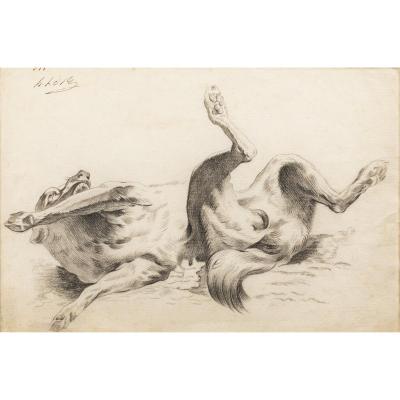
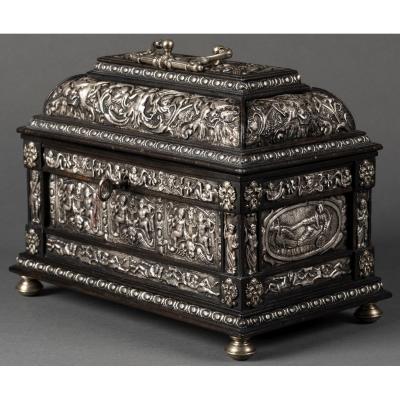




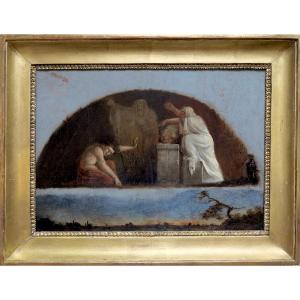
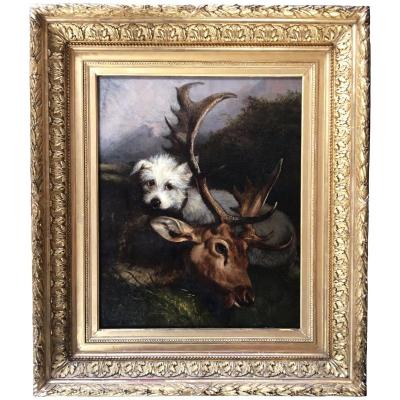







 Le Magazine de PROANTIC
Le Magazine de PROANTIC TRÉSORS Magazine
TRÉSORS Magazine Rivista Artiquariato
Rivista Artiquariato
